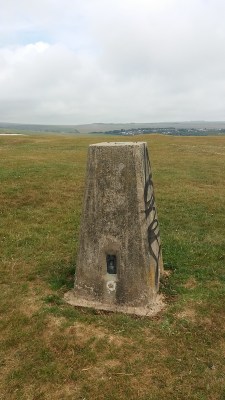
Exciting post this week: Kate Bulpitt’s novel Purple People has arrived!
“In an effort to tackle dispiriting, spiralling levels of crime and anti-social behaviour, the government has a new solution: to dye offenders purple”
Kate describes the book as a ‘jolly dystopia’, which is a lovely phrase. She’s certainly pulled off a very different type of dystopia. It’s sinister but also comforting and English. I mean, it’s easy to write moody, scary scenarios. Kate has written something light without making it unserious.
Purple People was produced through a crowdfunding campaign, which means I originally ordered the book back in October 2017. One of the things I love about crowdfunding is that it is not just about buying a book, it’s also about the excitement of seeing it come together. I’ve loved watching the hard work Kate put into writing and promoting this book.
I was also lucky enough to be one of the book’s beta-readers (which is how I can be so confident about promoting the book when the e-book only dropped in a few days ago). I read it back in February, and it’s been interesting how much it resonates with the current state of the world.
Kate’s also had enthusiastic responses from people like Emma Jane Unsworth (“Purple People is JOYOUS… warm, witty, wildly imaginative and utterly original”) and David Quantick (“that rare thing, a warm-hearted satire… it has teeth AND a heart.”).
The best thing about Purple People is that it is original. I read a lot of dystopian fiction over the years and have become a little jaded with the genre. The deceptive lightness of this book is refreshing. It’s now available on amazon (just £3.99 on kindle) and you should give it a try.
I love putting friend’s books on my shelves. Here’s Kate’s book in its new home, between Burroughs and Bronte, with Borges, Brautigan and Richard Blandford just near by.



















